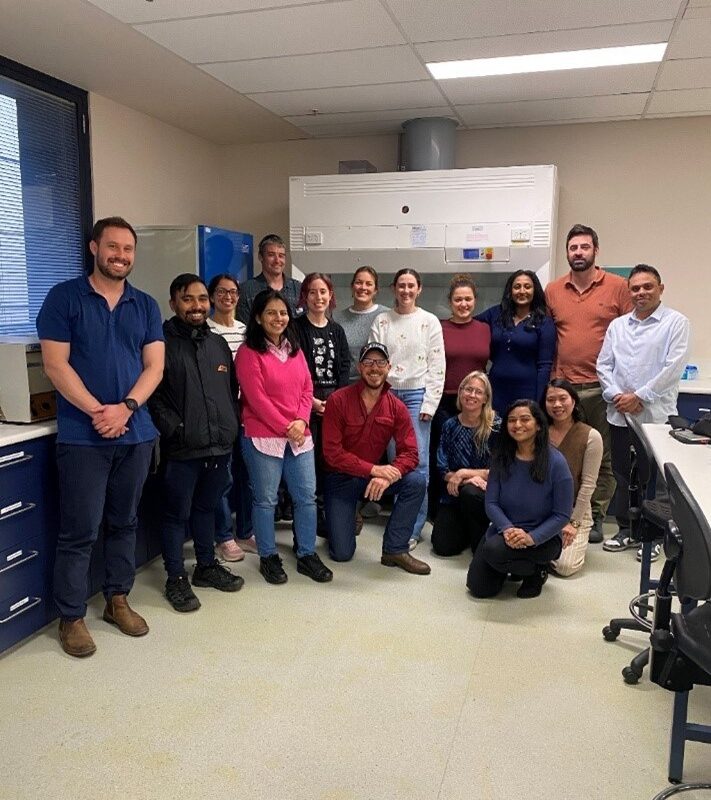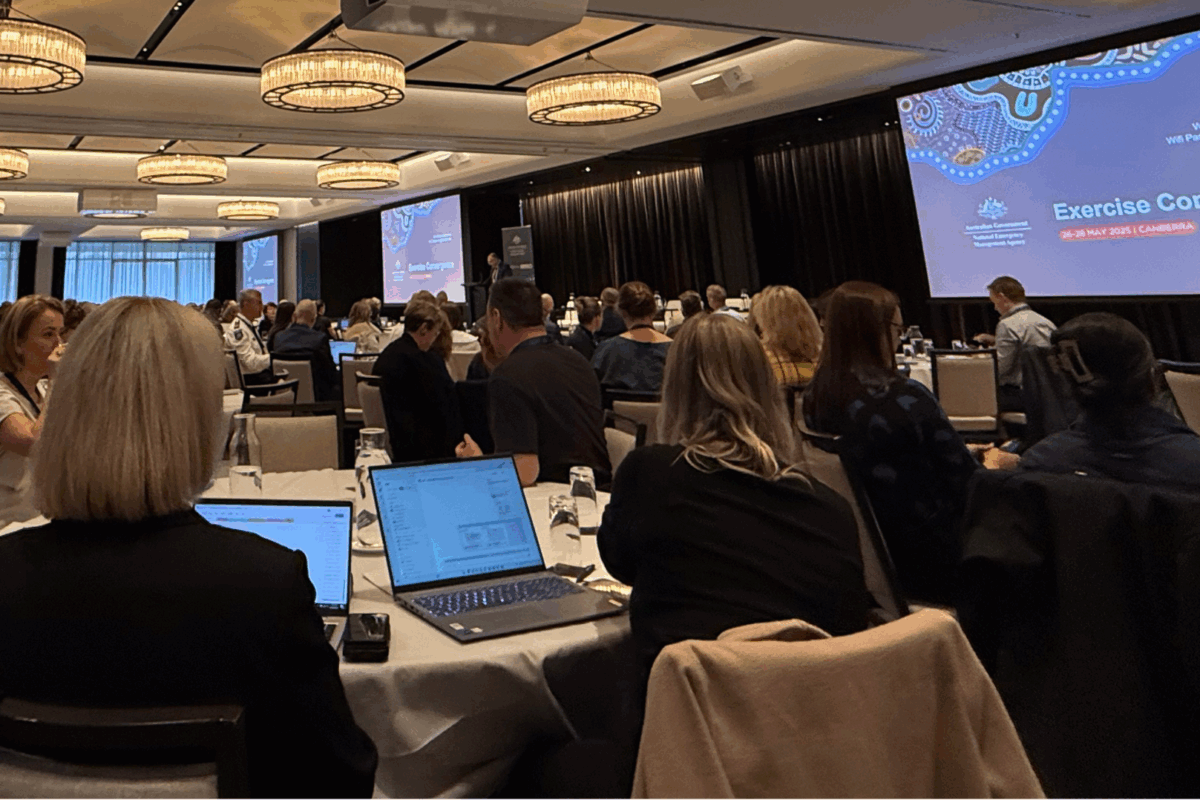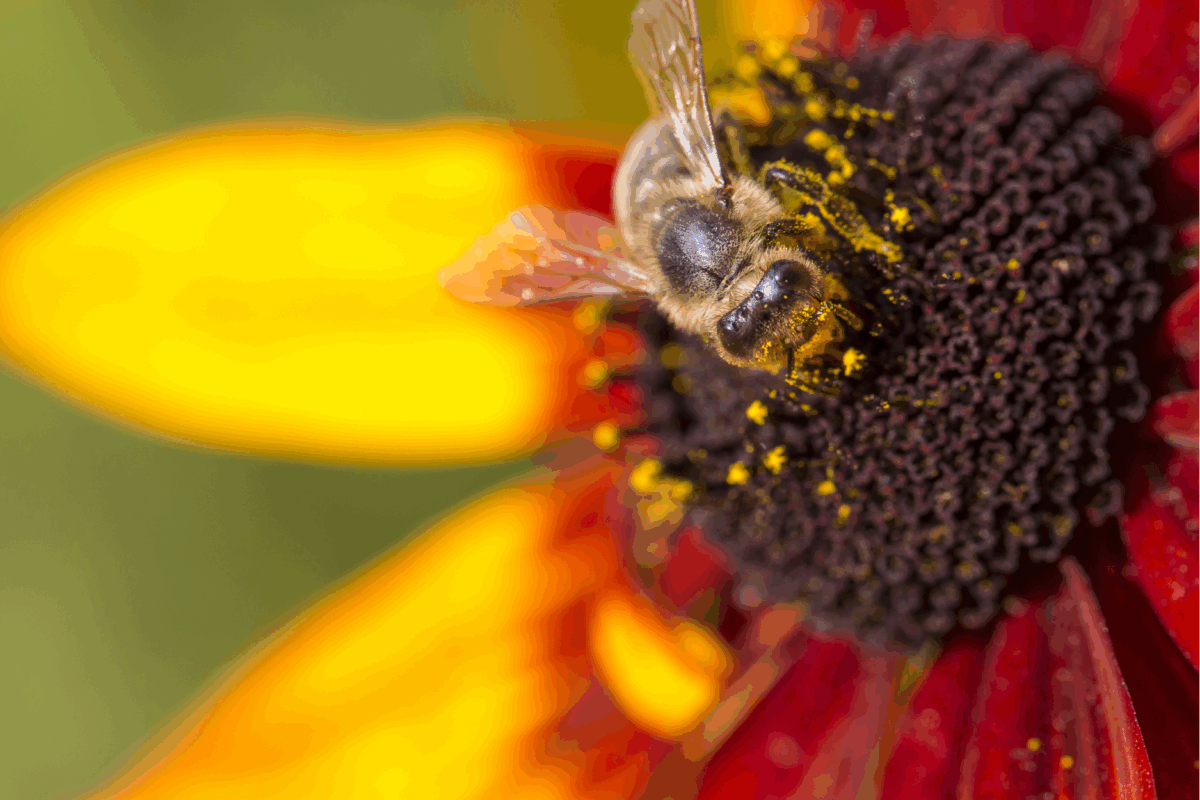Biosecurity Collective welcomes National Biosecurity Strategy release
The founding partners of the Biosecurity Collective welcome today’s release of Australia’s first National Biosecurity Strategy, which marks the start of transformative change to the Australian biosecurity system.
The release of the Strategy completes the first step of the Biosecurity Collective’s five-point plan, which also aims to establish 2021-2030 as the Decade of Biosecurity; to design an innovation-centred biosecurity system; to create a formal national biosecurity partnership agreement between government, industry and the community; and to mobilise a 25-million strong biosecurity mass movement.
The Decade of Biosecurity is a collaborative initiative that seeks to engage all Australians in a stronger biosecurity system. The initiative began as an outcome of the 2019 Australian Biosecurity Symposium to future-proof Australia’s biosecurity system and was officially launched in May this year.
Kathleen Plowman, CEO of Animal Health Australia (AHA), said the release of the strategy is a big step towards ensuring the biosecurity system is up to scratch – with several largescale pest and disease threats close to our border – and it is excellent to see a sustainable investment plan as one of the priority areas.
“We’ve been calling for a national strategy for many years, which includes a strong plan for long-term and sustainable investment in the system. Each of our four organisations and our members have been actively involved in the Strategy’s development, and with foot-and-mouth disease, lumpy skin disease and other threats now closer than ever, the time is right to ensure that this strategy is implemented effectively, properly and collaboratively, and receives the funding it needs and deserves,” Kathleen said.
“As our world is changing and biosecurity threats become more complex, it is imperative that we invest our collective efforts in a common purpose with clear outputs,” said Sarah Corcoran, CEO of Plant Health Australia (PHA).
“By creating a shared biosecurity culture, we will be able to drive positive biosecurity behaviours and embed biosecurity decision-making in business continuity planning. A shared biosecurity culture means we share both the responsibility and the benefits,” Sarah said.
Andrew Cox, CEO of the Invasive Species Council (ISC) strongly supports the establishment of an implementation committee that represents the diversity of key biosecurity stakeholders.
“This is a big job and a collaborative approach will be essential to successfully prepare the biosecurity system for 2030. Given the urgent threats facing us we encourage the rapid finalisation of the implementation and action plans by the end of this year to safeguard Australia’s industries, environment and our way of life,” Andrew said.
Andreas Glanznig, CEO of the Centre for Invasive Species Solutions (CISS), said the Strategy, reinforced by the sobering conclusions of the recently released national state of the environment report, will need to fast-track the research and innovation needed to transform the current biosecurity system to fully defend us against growing 21st century biosecurity threats.
“This includes building the awareness, tools and systems to empower citizens to report biosecurity threats across the country. To date, community reporting has allowed quick interception of khapra beetles – a major cropping pest, and invasive ants – a major threat to wildlife and Australia’s outdoor way of life.”
The National Biosecurity Strategy covers exotic and established pests, weeds and diseases, including zoonotic diseases, but does not extend to human biosecurity.
AHA and PHA were part of the Strategy’s working group, and the ISC participated in the reference group. Many members of the four organisations making up the Biosecurity Collective also participated in the Strategy’s consultation phases to ensure it was fit-for-purpose across the system.
The Strategy which will guide the work of government, industry and community for the next decade and beyond will be reviewed after five years.






